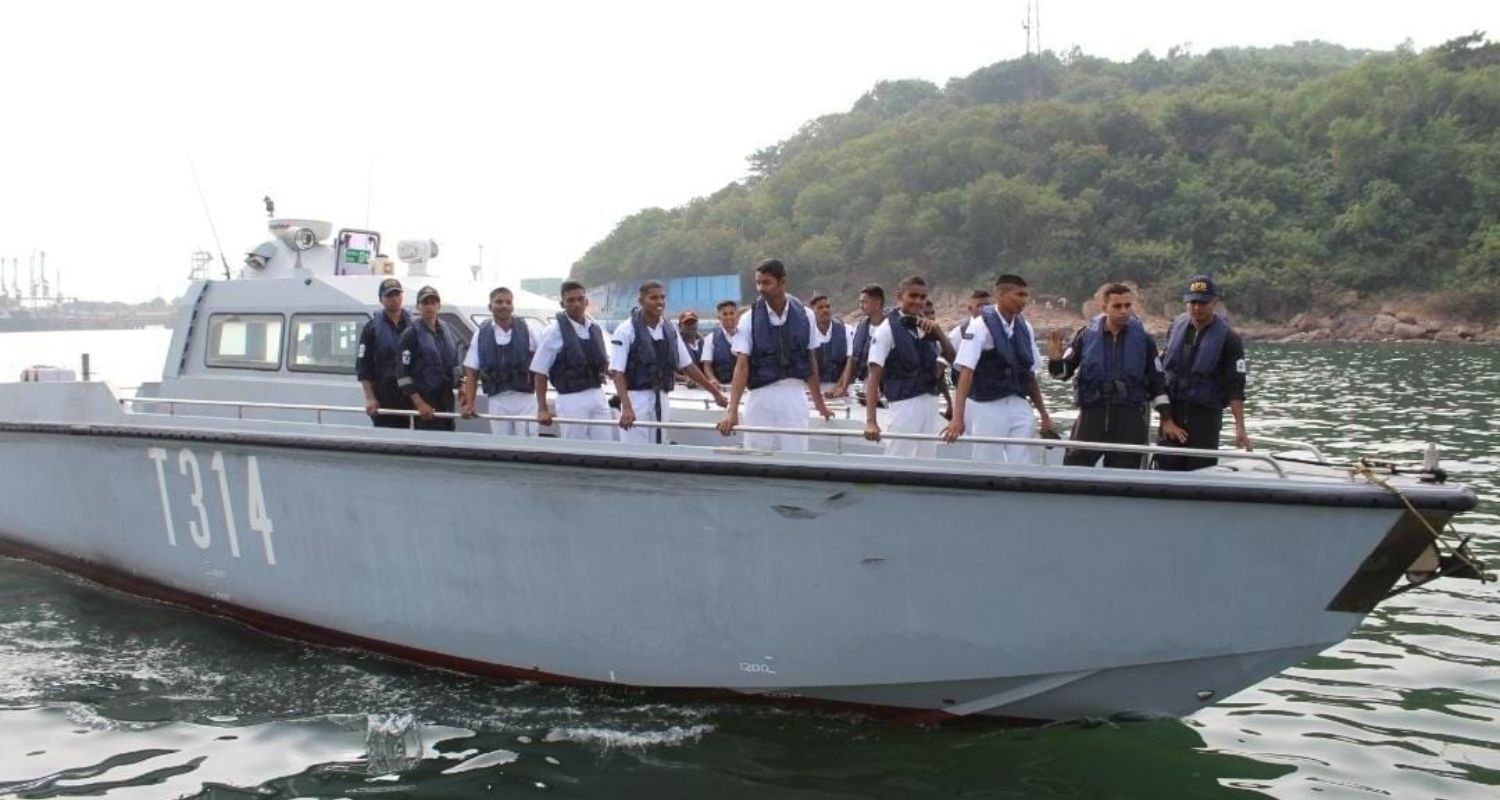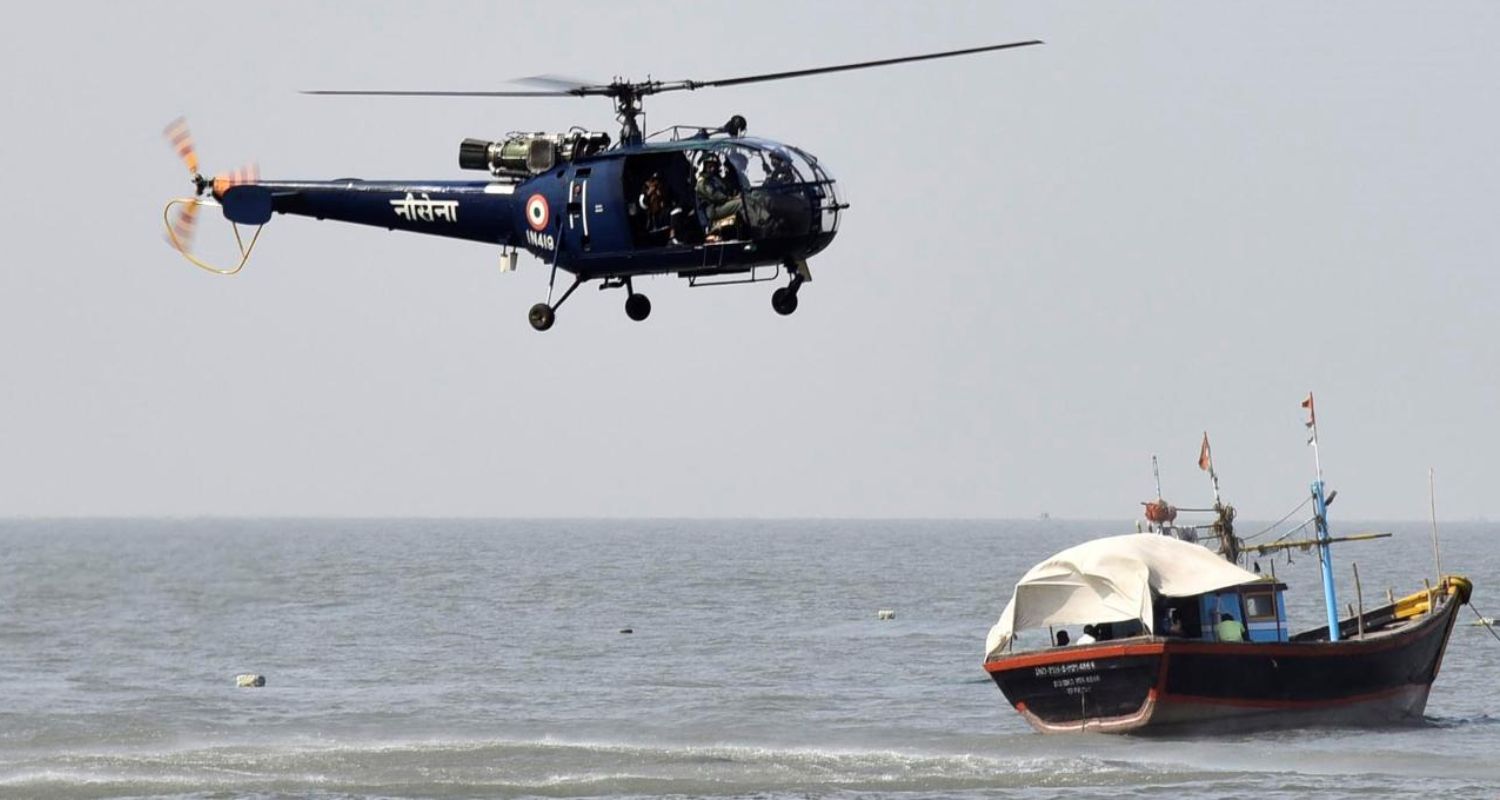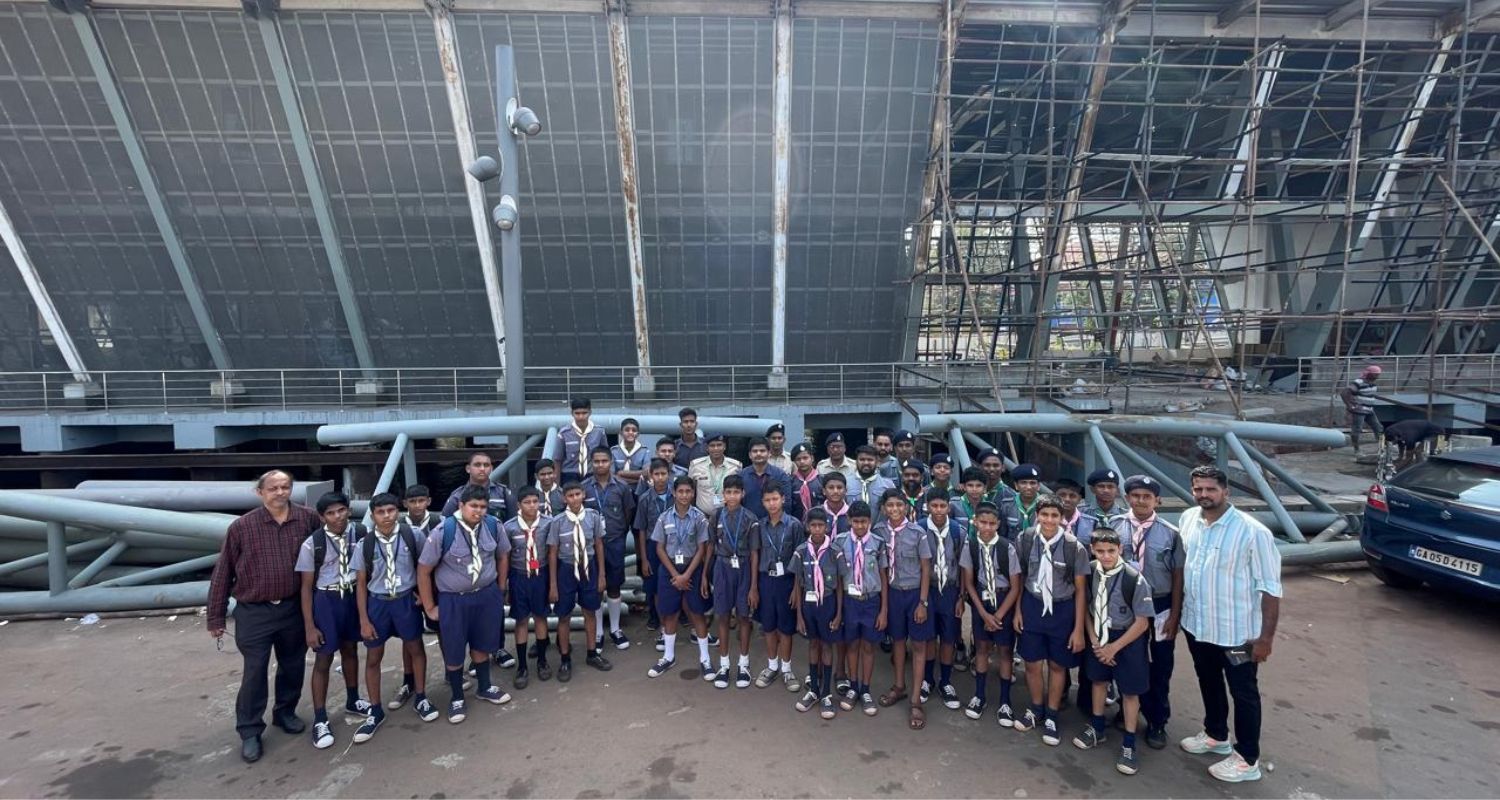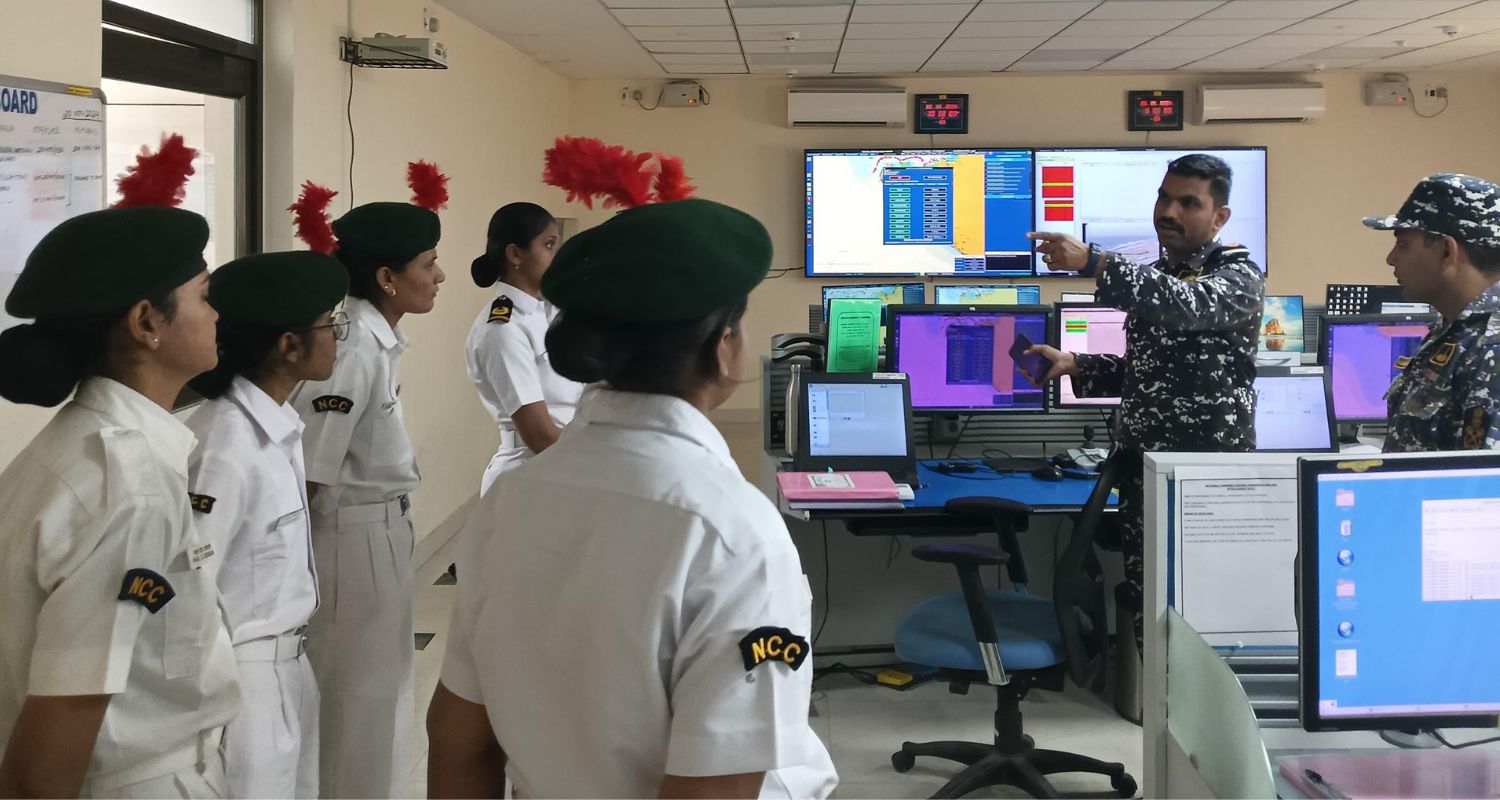The Indian Navy has successfully concluded the fourth edition of its Pan-India Coastal Defence Exercise, Sea Vigil 2024, on November 21. This exercise was conducted in two distinct phases, with the first phase running from November 13 to 19, and the second phase being a 36-hour exercise spread across all coastal states and union territories of India.
The exercise is a testament to India’s unwavering commitment to strengthening its maritime security and coastal defence mechanisms, which cover the country's vast 11,098 km coastline and an Exclusive Economic Zone (EEZ) of 2.4 million square kilometres.

Sea Vigil 2024 saw the active participation of over 21 agencies from six different ministries. These included the Indian Navy, Army, Air Force, Coast Guard, as well as the Border Security Force (BSF), the Customs Department, the Central Industrial Security Force (CISF), state marine police forces, port authorities, and the Fisheries Department, among others.
The extensive coordination among these diverse agencies highlights the scale and importance of the exercise. Phase II of the exercise, which took place over two days, witnessed the deployment of more than 550 surface assets, including maritime security units, and around 60 air sorties, contributing to nearly 200 flying hours.

The exercise covered the entire length of India's coastline, providing an extensive evaluation of India’s maritime security capabilities. In the seven days leading up to the tactical phase, a thorough audit of over 950 critical coastal locations was conducted.
These included fishing landing centres, lighthouses, major and minor ports, coastal police stations, offshore assets, and various coastal villages and post locations. Notably, for the first time, officials from the National Security Council Secretariat participated in this audit, particularly in Gujarat and West Bengal.
A major focus of Sea Vigil 2024 was the enhancement of coastal defence and security of vital maritime assets. This included oil rigs, single point moorings (SPMs), cable landing stations, and non-major ports, along with nuclear installations along the coast.
The Indian Air Force played an important role by deploying air defence systems on offshore platforms and oil rigs to safeguard critical offshore infrastructure.

Special emphasis was placed on the safety of merchant ships, with simulated hijacking scenarios, naval cooperation for shipping, and the rerouting of Indian vessels being conducted.
One of the notable features of this year's exercise was the active participation of fishing communities from all coastal states. These communities played a crucial role in various duties with the maritime forces, helping enhance the practical aspects of coastal defence.

Additionally, an expanded community outreach program was launched to raise awareness about maritime security, especially among youth in coastal regions.
Initiatives such as engaging with National Cadet Corps (NCC) cadets, Bharat Scouts and Guides, and local students were part of a broader effort to build a security-conscious coastal ecosystem.





